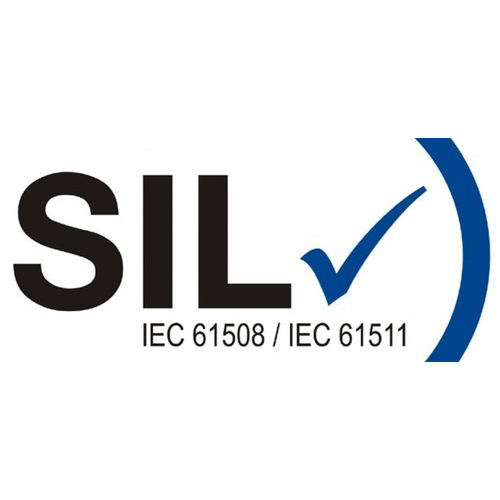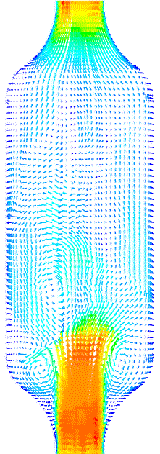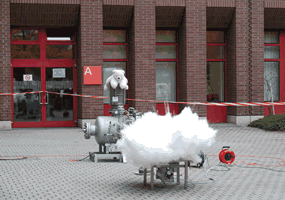
What is SIL
According to Wikipedia, “Safety integrity level (SIL) is defined as a relative level of risk-reduction provided by a safety function, or to specify a target level of risk reduction. In simple terms, SIL is a measurement of performance required for a safety instrumented function (SIF).”
With certification requirements for industrial fire and gas detection (especially in Europe with the introduction of the ATEX standard concerning Safety Related Devices) now including product measurement and physical performances, the ability of the product to carry out its safety function when called to do so is becoming increasingly important.
The IEC 61508 standard (Functional Safety of Electrical/Electronic/Programmable Electronic Safety-related Systems) has introduced a risk-based approach for determining the SIL of safety instrumented functions with a complete approach to quantifying the safety performance of electrical control systems, including the design concept, the management of the design process, operations, and the maintenance of the system throughout its lifecycle.
Typical examples of SIL levels
SIL1 A typical ATEX-certified gas detection device (system) complete with the functional approval according to IEC61779 and receiving regular maintenance.
SIL2 The step from SIL1 to SIL2 normally requires self-testing facilities for hardware components, reduced maintenance intervals for the sensors, strict requirements during development and thoroughly documented software.
SIL3 As the main requirement is that one failure shall not cause an unsafe state (fail-safe), the step from SIL2 to SIL3 is normally reached with redundancy. For detectors and microprocessors, this is the only choice.
SIL4 Requires redundancy and, sometimes, triple redundancy, along with redundant self-testing and comparison between redundant lines of code. SIL4 is normally never required for gas detection.







